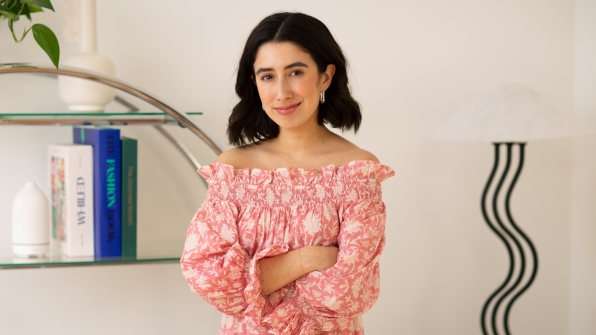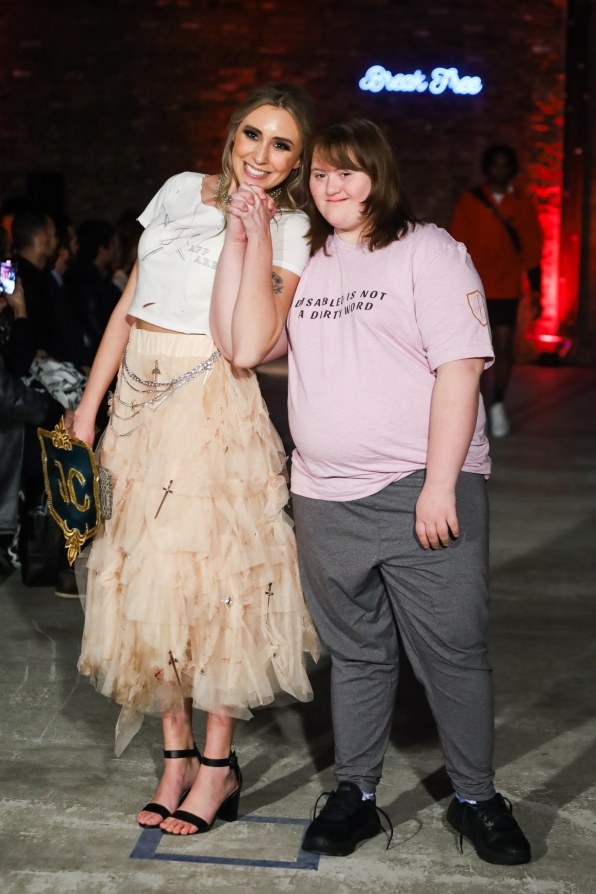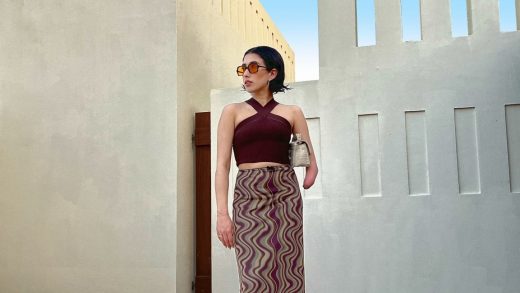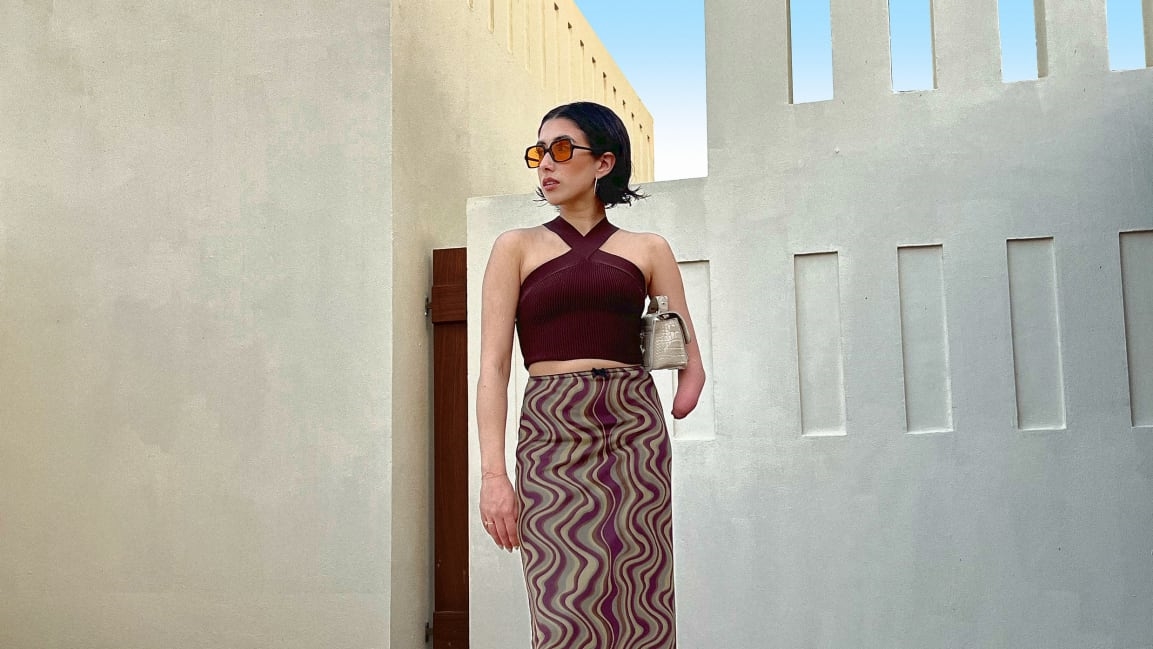The clever way one fashion creator is using TikTok to challenge norms about disability
Fashion TikTok is a playground for creativity, but it’s also becoming a place to challenge stereotypes and turn norms on their head.
April Lockhart set out to do the latter. In January, she created a challenge for herself to post 30 videos—essentially, one each day, where she was putting together a different outfit. The catch? She was born with amniotic band syndrome, which means she doesn’t have a left hand. Her videos are part of a growing trend of influencers who are using fashion to spotlight their disabilities instead of covering them up, highlighting what Lockhart calls the “missing puzzle piece” of disability in the fashion world.

“At the beginning of the year, I always reflect on past goals and set new ones,” the 26-year-old Nashville-based creator says. “I’ve been sharing my life online for a long time, and this year, I really started rethinking my platforms and what I wanted to put out there.”
The result is what she called “Normalizing Disabled Fashun Girlies in your Feed.” Over the course of the month, she filmed herself building different outfits “and all the funny moments that come with that,” like getting stuck in shoes or caught up in dorky dances. In all of the videos, her left arm isn’t hidden, but it’s also clearly not the focus. Lockhart’s colorful, unvarnished look at living with a disability resonated: She gained 10,000 new TikTok followers that month alone.

[Photo: Hatnim Lee/Getty Images]
Lockhart isn’t the only TikToker looking to normalize disability. In February, TikTok star Sarah Carolyn and her sister Emily walked at a New York Fashion Week show. Emily, who has Down’s Syndrome, wore a shirt that read, “Disabled is not a dirty word.” The clip from the show has more than 550,000 likes on TikTok.
While the fashion industry has been making attempts to diversity, it’s been incredibly slow going, especially when it comes to disability. “I’m not sure if brands just don’t know how to approach [disability fashion], or if it still feels too taboo, but I hope little by little to make it more normal for us to see,” Lockhart says. “That’s the part I wanted to play.”
Working in communications at Ilia beauty, Lockhart started on YouTube in 2015 as a musician before joining TikTok in December 2020, posting about skincare and fashion.
@april_lockhart what kind of drugs are in this color ???? #disabledtiktok #outfitinspo
The January series was her first concerted effort on that platform—and it had a strong impact, with the 30 videos being viewed more than half a million times in total. On top of that, brands like Ugg, Urban Outfitters, and Dolce Vita have enlisted her to do paid promotions.
“I’ve gotten a lot of feedback that seeing these videos have brought joy or reenergized creativity,” Lockhart says. “It’s refreshed my fashion sense as well and has really helped me think outside of my little box of what to wear.”
@april_lockhart fav y2k song go ???? #y2kaesthetic #disabledtiktok
Social media has long been a source for disabled people to explore the exclusion they may feel from the fashion industry. Keah Brown launched the hashtag #DisabledAndCute in 2017 to highlight disabled people who are also into fashion. The hashtag went viral, with over 180,000 posts to date, and Brown’s career took off. In 2019, she published The Pretty One, and her work has been featured in Elle, Teen Vogue, Harper’s Bazaar, and The New York Times. The Instagram account @disabled_fashion, meanwhile, launched in 2015, and features disabled contributors from around the globe showing off their latest outfits. On TikTok, there’s a similar appetite for accessible fashion content, and a big opportunity to expand.
“For me, it’s about reaching the right people to encourage,” Lockhart says. “The growth I’ve been experiencing makes me feel like I’m in the right place. I’m excited and hopeful to start seeing real change.”
(38)



